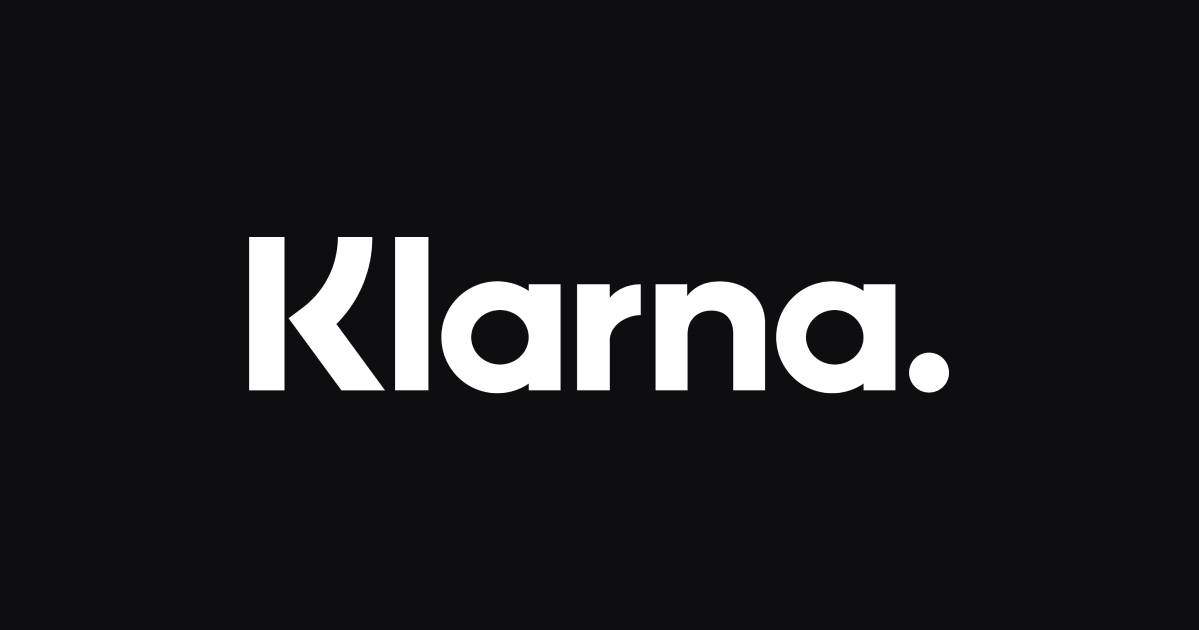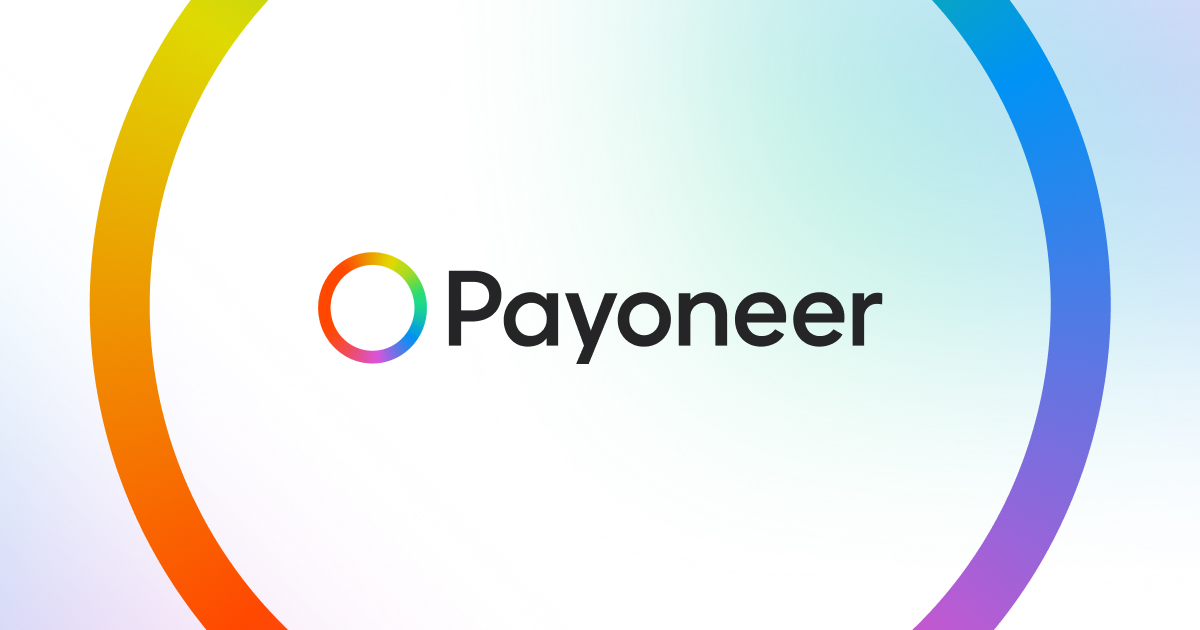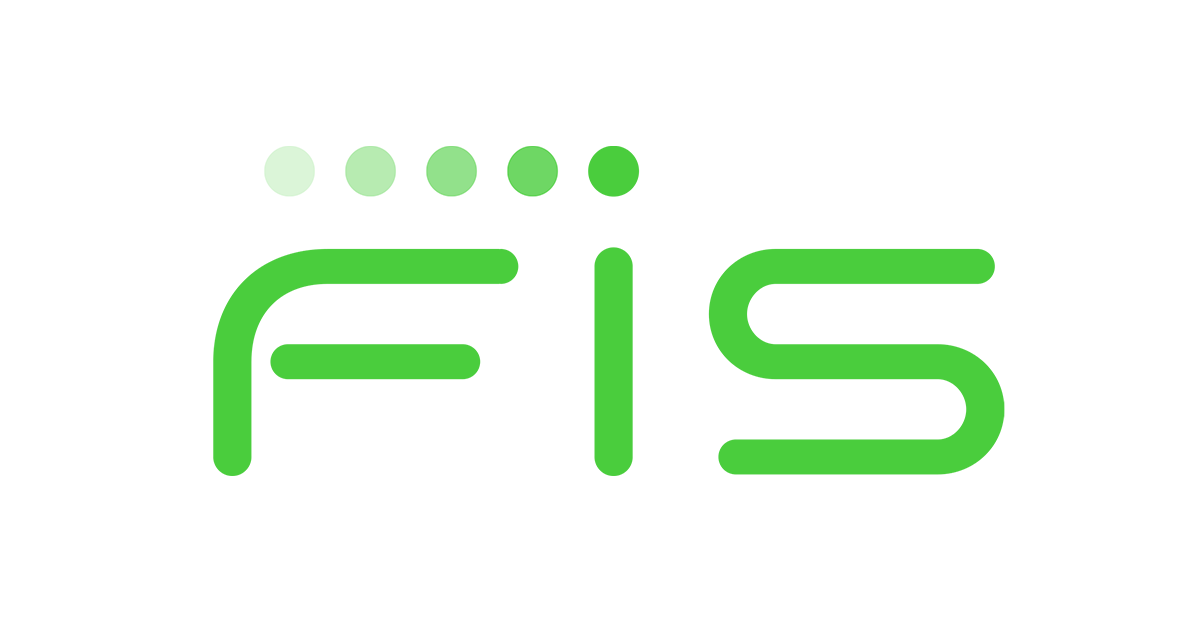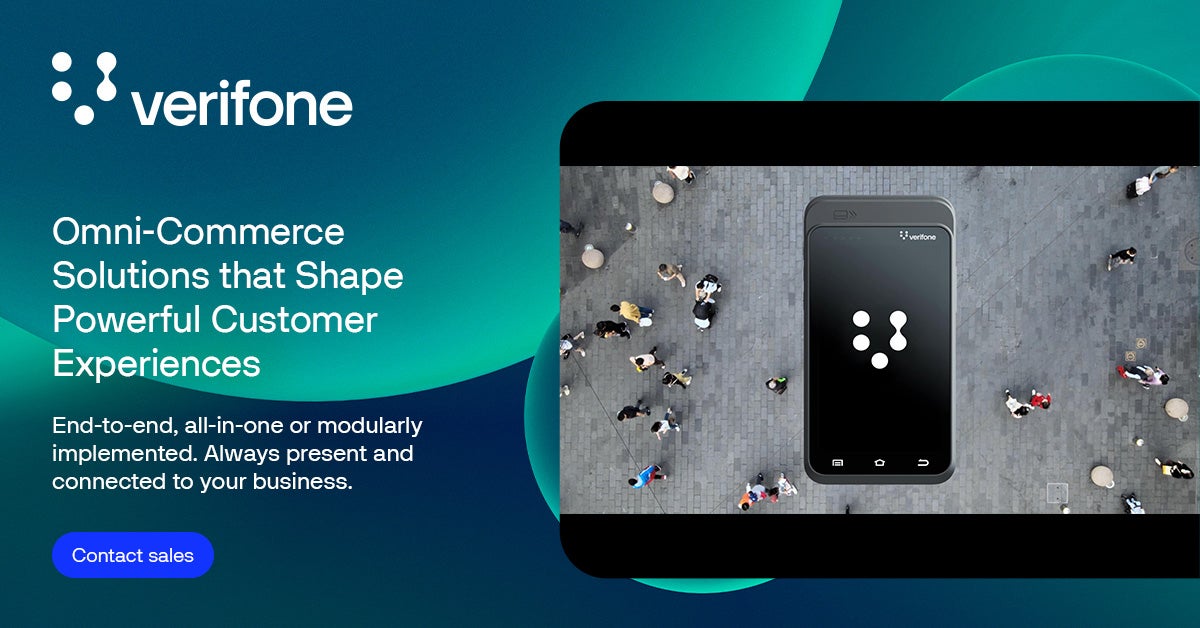Introduction
The way businesses accept payments has evolved significantly over the years with the rise of e-commerce and digital transactions. While credit cards remain popular, customers now expect flexible payment options including local wallets, bank transfers, buy now pay later and more. This has driven payment gateway providers to innovate and offer highly customizable and localized solutions. In this blog, we analyze the leading players in the payment gateway industry based on different parameters to help merchants choose the right partner.
Methods of Evaluation
To evaluate the top payment gateway software, we considered the following parameters: market leadership and size of merchant base, payment processing capabilities and supported countries/currencies, additional value-added features like recurring billing, fraud protection and analytics, pricing and plans, quality of documentation and support. We also factored in advanced metrics like number of backlinks, website traffic, search volume and keyword trends to gauge reputation and demand for each solution.
1. Pagseguro
Pagseguro is one of the leading online payment providers in Brazil. Founded in 2001, it has become the most popular payment gateway for e-commerce sites in Brazil, processing over R$40 billion in payments annually. Pagseguro offers merchants a simple and secure way to accept various payment methods including credit cards, debit cards, online banking, and cash payments via over 2500 physical locations across Brazil.
Pros: Some key advantages of using Pagseguro as a payment gateway include:
– Leader in the Brazilian e-commerce market with most brand recognition and trust among consumers
– Easy to integrate payment processing directly into online storefronts and platforms
– Wide range of supported payment methods catering to Brazilian customers’ preferences
– Low commission rates compared to competitors
– Customizable checkout flow allowing merchants to optimize the buying experience
Cons: The main disadvantage is that Pagseguro is really only suitable for merchants selling to customers within Brazil, as it only supports Brazilian payment methods and currencies.
Pricing: Pagseguro offers several pricing plans for merchants depending on transaction volume. Basic plans are free but charge a flat rate commission percent on completed transactions, usually between 2-5% plus R$0.60 per transaction. Larger volume merchants can negotiate customized plans with lower commission rates.
Some key stats about Pagseguro include:
– Processes over 12 million transactions per month
– Has over 500,000 active merchant accounts
– Supported payment methods include all major Brazilian debit and credit cards, online banking, cash payments, and PayPal
– Integrates with many top e-commerce platforms like WooCommerce, Magento and Shopify
2. Square
Square is a financial services and digital payments company based in San Francisco. Founded in 2009, Square provides merchants of all sizes with an all-in-one point-of-sale solution that helps them accept card payments, manage their business, and get paid faster.
Pros: Some key advantages of Square’s payment processing software include:
– All-in-one POS solution: Merchants get a complete suite of solutions including payments, inventory, employee management, reporting, and more.
– Omnichannel payments and fulfillment: Merchants can accept payments both in-person and online.
– Fast onboarding and setup: Square guides merchants through a quick and simple setup process.
Cons: One potential disadvantage is that Square charges a 2.6% + 10¢ fee per swiped transaction for merchants in the US. This is a bit higher than some competitors.
Pricing: Square pricing plans start with a free plan for occasional use. Premium plans range from $49-$299 per location depending on features needed. Additional services like payments hardware, online store customization, and online appointment booking have additional monthly or annual subscriptions.
Square processes over $100 billion in transactions annually for millions of merchants across the globe. As a publicly traded company, Square had a market capitalization of over $100 billion as of late 2022.
3. Klarna
Klarna is a Swedish fintech company that offers payment solutions for both online and in-store shopping. Founded in 2005, Klarna allows shoppers to pay for purchases over time through their ‘Pay Later’ option or pay at the time of shipping through invoice payments. With over 20,000 merchants on board, Klarna has grown to become one of the largest payment providers in Europe.
Pros: Some key advantages of using Klarna as a payment provider include:
– Payment by invoice option allows shoppers to pay after receiving their items instead of at checkout
– Powerful fraud protection tools help merchants reduce chargebacks and suspicious activity
– Widely integrated checkout option means Klarna can be easily added to most ecommerce storefronts
Cons: One potential disadvantage is that Klarna’s Pay Later terms can sometimes lead to shoppers overspending if they are not careful about paying balances on time each month.
Pricing: Klarna’s pricing includes a percentage of the transaction amount plus a flat fee per transaction. For example, they may charge 2.9% + $0.30 per transaction for Pay Later purchases. Pricing can vary slightly based on volume and other negotiated terms.
Some key stats about Klarna include:
– Processed over $80 billion in payments in 2021
– Over 150 million global active users
– Integrated checkout option on websites like ASOS, H&M, IKEA, and more
– Available in 20 countries including US, UK, Germany, Canada
4. GrabPay
GrabPay is the payments platform of Grab, Southeast Asia’s leading superapp. It powers payments for all services within Grab’s app including transportation, food delivery, digital payments and financial services. With over 36 million downloads of the Grab app, GrabPay connects merchants to one of the largest bases of mobile users in the region.
Pros: Key advantages of using GrabPay include:
– Access to Grab’s massive consumer network of over 36 million mobile users
– Ability to accept both local e-wallet options and international cards
– One integration provides merchants payment capabilities across Grab’s entire suite of services
– Dedicated account manager and support for business accounts
Cons: Potential disadvantages include:
– Only available for merchants operating within Southeast Asia
– Additional fees may apply for accepting credit cards compared to local e-wallets
Pricing: GrabPay is free for consumers to use. For merchants, Grab charges a processing fee of 1.5-3% per transaction depending on payment method and country. Additional monthly and setup fees may apply for business accounts.
Some key facts about GrabPay:
– Processes over 2 billion USD in payments annually
– Supports over 80 local e-wallet options along with credit/debit cards
– Works across 8 countries in Southeast Asia including Singapore, Malaysia, Indonesia, Vietnam and more
5. Skrill
Skrill is a leading global online payments and money transfer service established in 2001. With over 30 million account holders in over 200 countries and territories around the world, Skrill allows users to deposit, send, and withdraw funds across different platforms easily and securely.
Pros: Some key advantages of using Skrill as a payment gateway include:
– E-wallet payments are supported globally across various online platforms.
– Users can hold balances in multiple currencies within a single account.
– Infrastructure is PCI compliant ensuring transactions are processed securely.
Cons: One potential disadvantage is that Skrill does charge fees on currency exchanges and international money transfers which can add up on larger transactions.
Pricing: Skrill offers several pricing plans for merchants depending on transaction volume. Pricing generally ranges from 1.9-2.9% + a fixed fee per transaction. Volume-based discounts are also available for higher transaction businesses.
Some key stats about Skrill include:
– Supports over 50 different local payment methods and dozens of currencies.
– Processed over $30 billion in transaction volume in 2020.
– Trusted by over 20,000 merchants worldwide.
6. Payoneer
Payoneer is a leading digital payments platform for businesses and individuals. Founded in 2005, Payoneer has its headquarters in New York and offers online payment services in over 200 countries and territories worldwide. The company strives to make global commerce easy and accessible for all by enabling any business to accept digital payments and anyone to get paid globally.
Pros: Some key advantages of using Payoneer include:
– Payouts service for freelancers and digital workers to get paid easily from clients globally.
– Manage global payments and transfers to employees, vendors and contractors anywhere.
– Ensure regulatory compliance in all supported markets with proper licensing and regulations.
Cons: One potential disadvantage is that Payoneer charges fees for currency conversion on international payments and transfers which can add up for high volume transactions.
Pricing: Payoneer offers both free and paid pricing plans. The basic plan is free but has limits on transaction volume. Paid premium plans start at $25/month and offer higher transaction volumes and additional features.
Some key stats about Payoneer include:
– Processes over $100 billion in annual transactions.
– Serves over 5 million customers including businesses, freelancers and digital marketplaces.
– Provides payouts to recipients in over 100 currencies.
– Compliant with regulations in all major markets including USA, UK and EU.
7. Adyen
Adyen is a leading payment platform founded in 2006 and headquartered in Amsterdam. The company provides merchants with a single platform to accept payments, analyze data, and manage financial risk. Adyen claims to simplify payment processing and help businesses accelerate growth and innovation.
Pros: Some key advantages of using Adyen include:
– Full-stack payment processor that handles everything from a single API
– Development tools, analytics and risk management capabilities built-in
– Local acquirers and payment methods in many markets around the world
– Favored by large enterprises and global merchants for its scale and capabilities
Cons: A potential disadvantage is that Adyen is aimed more at large enterprises rather than small businesses due to its pricing structure.
Pricing: Adyen pricing varies based on payment volume and other factors. It charges a percentage of payment volume along with additional fees for things like subscriptions, interchange plus fees, and custom services. Adyen does not disclose standard pricing publicly.
Some key stats about Adyen include:
– Processes over $560 billion in payment volume yearly
– Supports 150+ currencies and all major payment methods globally
– Works with over 6,000 merchants including Facebook, Uber, and Spotify
– Has local selling capabilities in 34 countries
8. GoCardless
GoCardless is a leading payment platform based in the UK that helps businesses accept bank debit payments. Founded in 2011, GoCardless has powered over 150 billion in transactions for over 57,000 customers globally. The company aims to make it easier for businesses to collect payments directly from customer bank accounts using direct debit.
Pros: Some key advantages of using GoCardless include:
– Designed specifically for recurring payments which is ideal for subscriptions, memberships and invoices
– Leverages bank debit which is a popular payment method globally especially in Europe
– Very simple to integrate their API and get up and running with recurring payments
Cons: One potential disadvantage is that GoCardless’ core focus and experience is on bank debit payments which may not be as widely used in some markets like North America compared to payment methods like credit cards.
Pricing: GoCardless pricing starts at 1% + 30p per successful transaction for one-off or recurring payments. They also offer volume discounts as transaction volumes increase.
Some key stats about GoCardless include:
– Processes over $20 billion in transactions annually
– Has over 1,000 employees
– Supports bank debit payments in 36 countries across Europe, North America and Australia
Online Payment Processing Solutiongocardless.com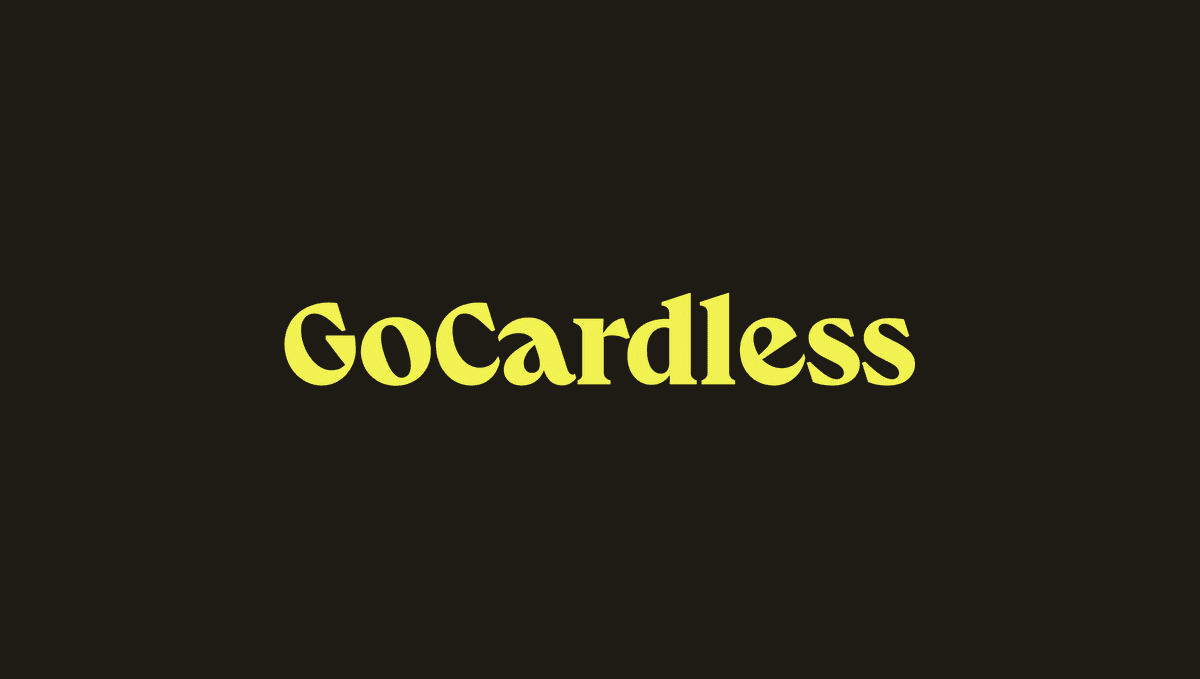
9. Mollie
Mollie is a leading payment service provider in Europe. Founded in 2004 and based in Amsterdam, Netherlands, Mollie allows online businesses to accept various payment methods that are popular in Europe. With Mollie, merchants can accept payments via credit cards, bank transfers, Klarna, iDEAL and many other local payment methods with a single API integration.
Pros: Some key advantages of using Mollie include:
– Simple and quick setup that takes only a few minutes
– Flexible and transparent pricing without any hidden fees
– Robust fraud filters that help reduce chargebacks and fraud
– 24/7 customer support for any payment or technical issues
Cons: Potential disadvantages of using Mollie could include:
– Targeted mainly at European markets so may not support some non-European payment options
Pricing: Mollie offers simple and flexible pricing. It charges a transaction fee that is either a fixed rate (€0.35 per transaction) or percentage-based (1.95%), depending on the payment method used. There are no setup costs or monthly fees.
Some key stats about Mollie include:
– Processes over $15 billion in annualized payment volume
– Supported in 30+ countries
– Used by over 100,000 merchants
– Supports over 100 different payment methods
– 99.9% uptime guarantee
10. Razorpay
Razorpay is one of the leading payment gateway providers in India. Founded in 2013, Razorpay allows businesses to accept and process payment through various online payment methods. Some key features of Razorpay include supporting multiple payment methods like netbanking, credit/debit cards, UPI, wallet payments and more. With Razorpay, businesses can start accepting online payments within minutes through a simple integration.
Pros: Some key advantages of using Razorpay as a payment gateway include:
– Simple and easy to integrate payment solutions
– Rich feature set including payment links, recurring payments, subscription payments etc.
– Robust API and documentation for developers
– 24x7x365 reliable support across channels
– PCI DSS compliant and secure payment processing
Cons: While Razorpay is one of the best payment gateways in India, some potential disadvantages could include:
– Pricing is on the higher side compared to competitors
– Missing out on some niche payment methods supported by other players
– Customer support response times can sometimes be longer
Pricing: Razorpay offers simple and transparent pricing. The basic plans start from 1% fee per successful transaction. There are no setup fees. Additional features like subscriptions, recurring payments attract small additional fees. Developers and businesses can check the exact pricing on Razorpay’s website based on their requirements and transaction volumes.
Razorpay currently powers payments for over 8 Lakh+ Indian businesses. Some key stats about Razorpay include:
– Processes over USD$80 billion in payments annually
– Supported payment methods include all major credit cards, debit cards, netbanking, UPI, wallets and more
– Integrates with over 350+ systems including Shopify, WooCommerce, Magento and custom built web/mobile applications
11. Paddle
Paddle is a leading payments platform that helps software companies accept payments, handle subscriptions, and stay compliant with global tax regulations. Founded in 2011, Paddle now processes billions in transactions annually for over 10,000 customers worldwide.
Pros: Some key advantages of using Paddle include:
– Optimized specifically for SaaS and digital subscriptions
– Handles recurring billing, tax calculation and global payment processing
– Provides tools to help businesses optimize user conversion and retention
– Acts as a merchant of record to simplify compliance
– Offers dedicated account management and support
Cons: One potential disadvantage is that Paddle takes a percentage cut of each transaction processed. For high transaction volume businesses this could impact overall margins.
Pricing: Paddle offers several pricing plans starting from a free plan for low volume. Standard pricing is 2.9% + 30 cents per transaction. It also offers custom Enterprise plans for very high transaction businesses.
Some key stats about Paddle include:
– Processes over $10B in transactions annually
– Supports over 100 different payment methods globally
– Helps over 10,000 customers with payments and subscriptions
– Handles sales tax calculation and filing in over 50 countries
12. WorldPay
WorldPay is one of the largest global payment providers, processing over 40 billion transactions annually across 146 currencies. Founded in 1989 and headquartered in London, UK, WorldPay has a presence across 50 countries with over 12,000 employees.
Pros: Some key advantages of using WorldPay include:
– Global leader in merchant acquiring and payment processing with local acquiring in 50+ markets
– Built-in fraud protection and risk management tools to help reduce chargebacks and fraudulent transactions
– Highly customizable and efficient payment processing across physical and digital commerce
Cons: One potential disadvantage is that as a large payment processor, onboarding and implementation times can sometimes be longer compared to smaller providers.
Pricing: WorldPay offers transparent pricing with no hidden fees. Pricing options include flat rates, percentage of sale rates and tiered rates depending on processing volume. Additional services like recurring billing, gift cards etc have additional per-transaction fees.
Some key statistics about WorldPay include:
– Processes over $1 trillion in payments per year
– Has over 3,000 employees globally
– Supports over 500 different payment types including all major credit and debit cards
13. PayU
PayU is a leading online payment solutions provider for merchants in emerging markets. With over 20 years of experience in fintech, PayU powers payments for over 300,000 merchants globally across 50+ markets.
Pros: Some key advantages of using PayU include:
– Localized payments expertise in emerging markets
– Regulatory expertise to manage complex compliance requirements across markets
– Tools to help merchants scale and expand internationally
– Range of payment and banking solutions from one provider
Cons: A potential disadvantage is that PayU’s focus is primarily on emerging markets in Asia, Latin America, Africa and Eastern Europe. For businesses targeting only Western markets, there may be alternatives with deeper expertise in those regions.
Pricing: Pricing depends on the specific offerings but generally includes low transaction fees, setup fees, and subscription plans starting from $99/month.
Some key stats about PayU include:
– Processes over $30 billion in total payment volume annually
– Supports over 500 local and alternative payment options
– Has offices in 20+ countries with over 5,000 employees
14. Verifone
Verifone is a leading global provider of payment and commerce solutions. For over 40 years, Verifone has been pioneering secure digital payment experiences. Verifone offers all-in-one payment terminal solutions that integrate payment processing, point-of-sale functionality, and security features into intuitive hardware devices.
Pros: Some key advantages of Verifone’s payment solutions include:
– All-in-one payment terminal solutions that combine payment processing, POS capabilities and robust security
– Integrated point-of-sale software for inventory management, reporting and more
– Secure encryption and authentication of payment data with PCI-Certified P2PE technology
Cons: One potential disadvantage is that Verifone’s integrated payment terminals and software solutions require an up-front investment and installation that may not suit all small businesses’ needs and budgets.
Pricing: Verifone offers flexible pricing models depending on business needs. Basic card-present payment processing starts from 1.69% + $0.10 per transaction. Full integrated POS systems with software, services and terminal equipment typically require an up-front investment and ongoing monthly or per-transaction fees.
Some key stats about Verifone include:
– Over 30 million devices deployed worldwide
– Supports over 150 currencies, 25 languages and 100+ payment types
– Processes over $6 billion in transactions daily
– Secures payment data with PCI-Certified P2PE security
15. WePay
Founded in 2010, WePay is a leading payment gateway provider that helps businesses and organizations securely accept online and mobile payments. WePay is a Chase company, providing platforms tools to easily accept and disburse payments. As a purpose-built payment processing solution, WePay offers features tailored specifically for software platforms and marketplaces.
Pros: Some key advantages of using WePay include:
– Designed for marketplace payments with customizable disbursement workflows
– Robust payments reconciliation reports to track payments in/out
– Strong fraud prevention tools to minimize chargebacks
– Full API access for seamless platform and app integration
– No long term contracts or cancellation fees
Cons: Potential disadvantages could include:
– Slightly higher transaction fees than some competitors
– Fewer payment method options than larger processors
Pricing: WePay offers transparent pricing plans tailored to business needs:
– Startup: 2.9% + $0.30 per transaction for the first $3 million annually
– Plus: 2.5% + $0.25 per transaction for $3-10 million annually
– Premier: Custom pricing for >$10 million annually in volume
Some key stats about WePay include:
– Processes over $10 billion in annual payments volume
– Serving over 30,000 customers globally
– Integrated payment solutions for all major platforms including Shopify, WooCommerce, Square, and more
– PSD2 and GDPR compliant with SOC 1 and SOC 2 Type II certifications
Conclusion
While there are many excellent payment gateway providers, the above platforms have demonstrated consistent leadership over the years through strong innovation, global reach and fully-featured solutions. Merchants should evaluate options basis their business size, location, industry and payment needs to choose the partner that can help scale seamlessly. Regularly reviewing new features and market trends will also help make the most informed selections for long-term payment success.






